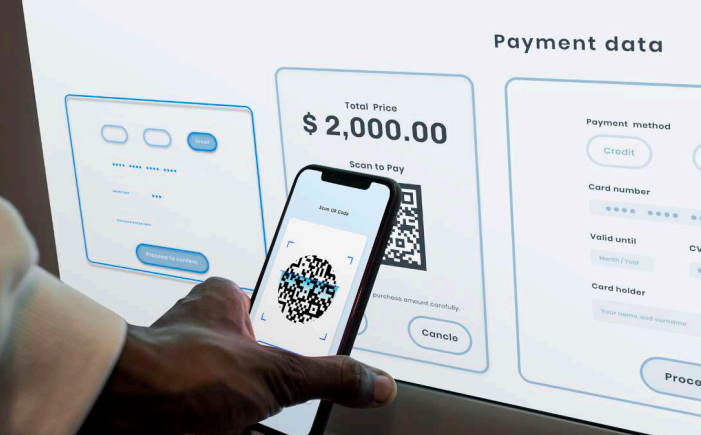Southeast Asia’s B2B industry has been largely impacted by the devastating COVID-19 pandemic. With many countries across the region forced to impose restrictions and strict lockdowns, traditional sales methods are just no longer feasible.
As B2B is greatly reliant on fostering strong face-to-face relationships with clients, the sector has been forced to look towards new ways of doing business—and digital is shaping up to be the perfect answer that will bring the industry not just through the pandemic, but into a brighter future.
There is a largely untapped market when it comes to taking digital B2B sales. Buyers are already online-savvy; even prior to the pandemic 94% were regularly conducting online research before making purchasing decisions. As lockdowns roll on, more are looking towards partners that offer digitized sales processes but are finding that many have not yet made the shift.
However, those that have embraced digital processes and technology have already seen great returns. In the white paper Transforming B2B Digital Sales in Southeast Asia: Barriers, Solutions, and Key Success Stories in SEA B2B Sales Digitization, YCP Solidiance presents two case studies for how to adapt and succeed in this new realm:
Lowering costs by digitizing sales
Machine manufacturer “MM” wanted to sell its newest SW solution software but faced two major problems:
- The software could not be deployed via traditional sales, as the fixed salary of a salesperson alone would cost more than the product itself.
- There was high risk involved in needing to train new salespeople to have the technical expertise needed to properly push the new software.
The clear-cut solution? Digital marketing. The company developed a sales webpage targeting production managers and industrial engineers, along with online ads to drive website traffic. Once a potential buyer was interested in learning more, administrative staff set up appointments with salespeople, prioritizing quality leads to ensure a higher conversion rate.
Over two months the digital campaign garnered over 500 inquiries across three countries and came out at a spend of only $20 per sales lead.
Entering new markets with ease
Ingredient manufacturer “IM” was able to establish itself as a strong player in its home market, and was now looking to aggressively reach other ASEAN countries. They wanted to expand on their “first mover” advantage—as one of the few manufacturers in the world able to produce a particular ingredient—but faced looming regional challenges:
- IM could not replicate their successful sales strategy due other countries having great differences in market behavior and industry structure.
- Gathering customer leads in an overseas market was both costly and time-consuming.
The key to addressing their limitations was creating a strong digital presence in new markets. Test marketing was deployed via the creation of multiple sales webpages with different messaging for a diverse set of possible consumers, as well as targeted online ads. The webpage which garnered the highest conversion rate was then selected to scale marketing efforts, allowing a lean local sales team to effectively pursue the right leads.
In just two months the company as able to receive 792 inquiries from five different countries, spending only $17 per sales lead with an acquisition cost of less than $700 per customer.
The future of the business
Digital sales are shaping up to be the new norm, as the pandemic has shifted the ways in which business is done, and the rapid integration of online channels into the fabric of daily life. The diverse Southeast Asian market requires a personalized approach, one that can be easily accommodated by sales digitization.
To learn about our five key recommendations for digitizing your business and to discover how your industry can adapt to this changing landscape, download our full report HERE.






